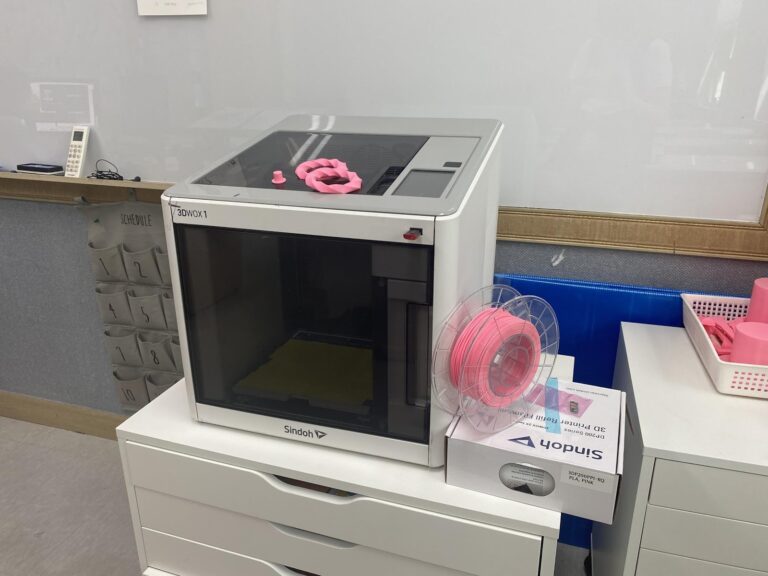The translation of a mere two-dimensional blueprint to a highly sophisticated architecture was considered to be a special capability that only humans were capable of. However, as human technology developed, it enabled even mere machines to be able to translate blueprints to actual “3D” objects, which explains the name of that technology “3D printing”. The usage of this new technology offers help in different directions, especially to doctors in several means.
Human body is a complex matter of small organs and tissues, and when even a single part of the organ is damaged, a huge pain is caused to our body. Acknowledging how our bodies are very sensitive, physicians attempt to educate and train their residents, or medical students, with all their might. 3D printing technique works here. With its sophisticated capabilities, according to Anna Aimer, it creates a replica of actual human organs and enables medical students to train themselves on surgical studies, which overall decreases the level of mistakes made in actual surgery (Aimer). 3D printing also allows patients to receive a personalized cure therapy. In the case of some specific diseases, customized surgical tools or medications are required, and 3D printing techniques could definitely handle those problems as well.
Despite its contribution to the medical field, 3D printing is not as flawless and perfect as people think it is. Especially for it to apply to the medical field in the long term, researchers must be able to find a way to keep the materials in form for a long amount of time, and there should be more testing for its safeness (Aimer). However, even if the research is not complete, researchers certainly know that this technology could change the world in countless ways, and that there should be continuous research to find more ways to enhance and to find more applications of this rather fascinating new technology.
By: Sohee Im


